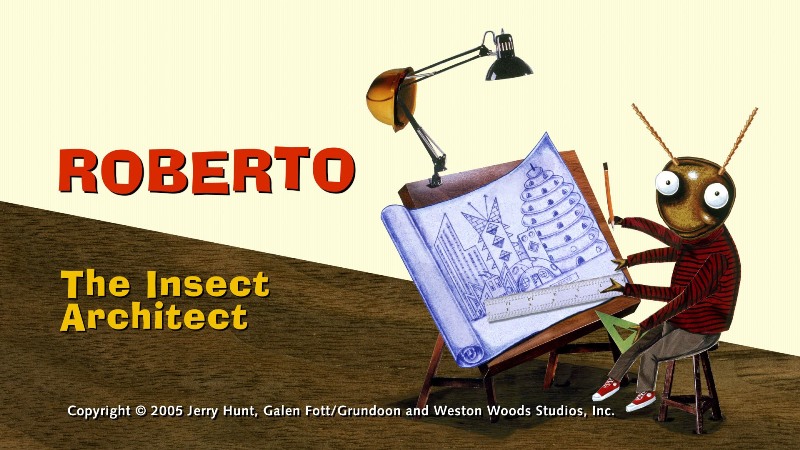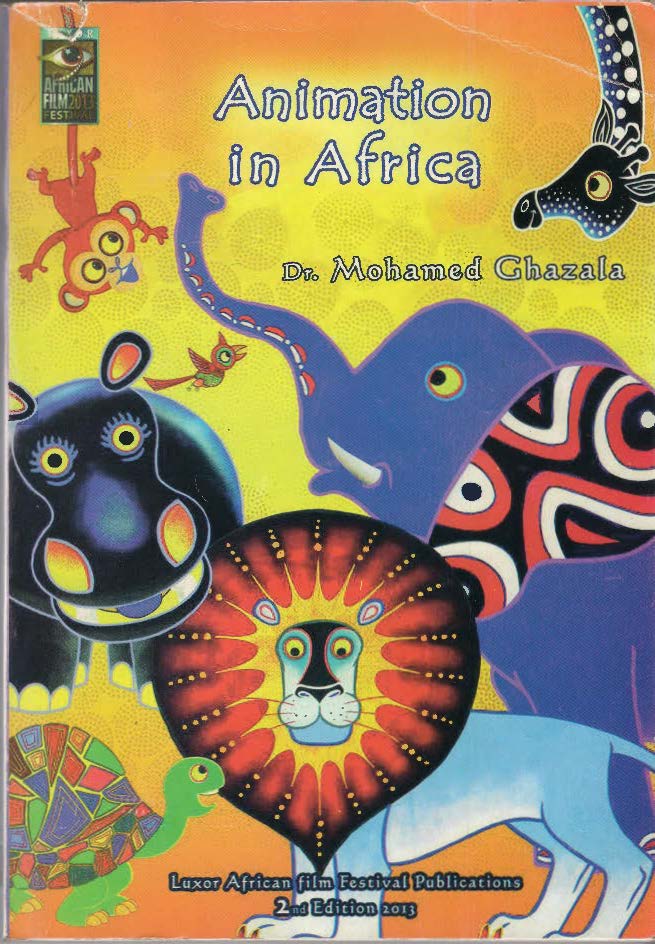By Bethsheba Achitsa
Published March 2, 2009
 Many times we come across art even where we least expect it; we see cartoons or caricatures that poke fun at us in books, magazines and newspapers. It may appear to us that their intended purpose is to merely entertain. But, wonders BETHSHEBA ACHITSA, is that so?
Many times we come across art even where we least expect it; we see cartoons or caricatures that poke fun at us in books, magazines and newspapers. It may appear to us that their intended purpose is to merely entertain. But, wonders BETHSHEBA ACHITSA, is that so?
Drawing-The Purpose, a collection of essays and interviews edited by illustrator and exhibitor Leo Duff and academic Phil Sawdon and published by Intellect Books in UK and USA in 2008 delves into the purpose of drawing. It follows on from another book, Drawing-The Process, that was published in 2005 and edited by Jo Davies and Leo Duff with the aim of investigating the processes employed in drawing, i.e. how we draw.
Drawing-The Purpose, explores the purpose that drawing holds across a range of disciplines. Duff and Sawdon invited practitioners representing diverse professional practices to contribute their thoughts on why they draw. This ranged from the view point of the archaeologist Helen Wickstead to artist and landscape architect Susan Kemenyffy, information graphics designer Nigel Holmes, book illustrator and academic Andrew Selby, jeweler Sarah O’Hana, political cartoonist Dave Brown to successful fine artists like Lin Chuan Chu and Hew Locke. A sharp contrast to how and why drawing is used to scheme and develop three dimensional objects is offered by Russell Marshall.
Brown, a political cartoonist for The Independent newspaper of London, writes that he is a political commentator and visual journalist who operates as an anti-establishment figure, pricking the pomposity of the so called “great and the good” within the parameters of the newspapers philosophy.
He wonders why Political cartoonists will take their time to draw a grotesque picture of a prominent cabinet minister or any government official, but few hours later the same piece of art printed on newspaper will be used by people to wrap fish, meat or chips. What would be the purpose of wasting time on something that will be discarded even before its intended purpose is realised?
In discussing the purpose of drawing in politics Brown states that like other cartoonists, the political cartoonist seeks to make his audience laugh. Out of the realisation that cartoon art has a broad language that can combine both words and static, two-dimensional aspects, political cartoonists draw upon a wide range of references from everyday life to challenge the reader to an extent and not simply reflect their views about them. A sample of Brown’s drawings accompanies his essay.
RELATED: Inspiring Writing in Art and Design
In the same breath, Dr Helen Wickstead, who teaches archaeology and works as a co-director of the Shovel Down Project in Britain, wonders why archaeology is never referred to as a creative art. In her essay, she provides examples of how art and science work together. She states that despite working in a profession dominated by drawing, most diggers consider their work artistic and when people speak of the creative arts they rarely mention archaeology.
As it reconciles the present and the past, archaeology should be considered as both a science as well as a creative art.
On his part, Pat Gavin highlights the purpose of drawing in relation to time. Having been mesmerised by various drawings made by his nursery teacher on the blackboard and those that he came across in books, Gavin later discovered that the drawings did not just appear there from nowhere. When he attempted to draw, his numerous attempts proved futile because he could not draw anything meaningful. However, to him the reason why he kept on drawing day after day was to come up with a better drawing than the last one. He says he uses drawing with the purpose of thinking, working out, developing and moulding the character of information displayed within few moments on screens and other venues.
Nigel Holmes, who works in the delivery of information through graphic design, lets the reader to see art as a way of providing information without a language. He argues that though man in his early days used to draw images of animals on caves, his intended purpose was not known despite scientists and experts suggesting that they may have used the drawings to teach others about animals they may have seen while hunting.
Whether the drawings were for purposes of passing time or were meaningful paintings to pass instructions leaves is left to speculation. What is important is that this ancient form of art is still in use today; it enables people from all over the world to cross international language barriers, find direction to different places or assemble a piece of furniture or machine from a kit with a set of visual instructions. Clearly, another purpose of drawing is to act as a universal language that provides people with information.
Drawing-The Purpose may have wanted to explain to art enthusiasts why caricaturists, cartoonists, architects, jewelers, archaeologists and other artists draw, but this 160-page book fails to do so convincingly as it later provides the essayists with a platform to tell the reader about their venture into art and the process rather than the purpose.
RELATED: Writing on Drawing Provokes Enquiry
The essayists should have tried to explain to the audience whether entertainment, education, or financial gains are the reasons behind their drawing. We may have wanted to hear about many things from the essayists but as series editors Duff and Sawdon argue that Drawing -The purpose is just an introduction to the many purposes that artists have as they draw, all those who feel provoked by the book will find many reasons as to why certain drawings exist.
Aside from finding the purpose, some of the essayists take a quick preview of what the future of hand-drawing is in the present world where everything is geared towards the new technology.
In her essay, Sarah O’Hana, a maker of jewellery, a curator and a co-director for Ars Ornata in Manchester, highlights that hand drawing is at crossroads as hands are quickly being replaced with keyboards.
While many people move towards computerised artistry, O’Hana states that drawing by keyboard does not satisfy the same physical need. She has therefore turned back to drawing with renewed enthusiasm, having realised the essential role within her practice and wishes to elevate it to the status it deserves. At the end, she comments that manual skills are increasingly becoming an endangered species and she loudly asks whether these skills are fading away in the digital age. Does it matter if they disappear? She wonders.
Dr Marshall sees new technology as a tool which future designers should be equipped with to assist them in the task of designing. To him, this seems necessary because of the complexity of the task. Nevertheless, it is clear from him that the effects of the new technology are far-reaching among students who quickly opt for the new technology even before they have looked at the design clearly to determine whether it is important to employ that particular tool.
With reference, notes and index as befits a good academic book and costing US$30 per paper back, Drawing -The Process provides art and design students and practitioners with pivotal information. For the ease with which it is written, this deceptively simple book is as useful the world of academia as that of visual art and general seekers of information.
At the end of exploring and leafing through the essays one comes to a conclusion that a common link is how creativity is begun, developed and connected to communication within the individual practitioner’s work without the addition or use of words. The clarification and purpose of the drawing, editors Duff and Sawdon say, must be evident and clear to those for whom it is intended, or the purpose for which it has been made at the point it is shared.




